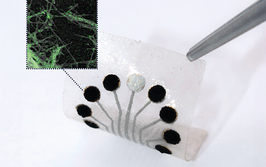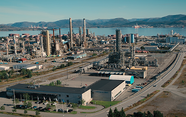Top five ways you can use DLS to help improve the stability of your formulation

contributed by Malvern Panalytical |
Using the Zetasizer Nano to optimize formulation stability
Formulation development is a critical activity for many industries, from pharmaceuticals, to paints and coatings. Indeed, it is estimated that in the UK alone, sales of formulated products amount to some £180 billion per year1. This means that getting formulation ‘right’ is an important goal, with considerable value attached to it. Stability is a crucial attribute for many products with a direct impact on performance, shelf-life, kerb appeal and ultimately, worth. A systematic approach to understanding and developing stability can therefore be extremely helpful in improving the likelihood of success in long-term stability trials and accelerating formulation.
The Zetasizer range from Malvern is the world’s most widely used system for nanoparticle, colloid and protein size and zeta potential measurements. In this whitepaper, we examine how these capabilities can be exploited to develop stable dispersions.
What do we mean by stability and why is it important?
When it comes to suspensions and emulsions, stability refers to the tendency of the dispersed phase to remain unchanged and uniformly distributed through the continuous liquid phase over time. Primary mechanisms of instability include aggregation or coagulation, the joining together of one of more particles, and sedimentation or settling. These mechanisms may occur independently, or in combination, as in the case of aggregation followed by associated sedimentation of the resulting larger particles – a common problem.
The defining goal of formulation is to optimize properties to meet a specific application. If a resulting formulation is unstable, these optimized characteristics are easily eroded or lost. For example, in a suspension medicine, the size of the dispersed drug particles is associated with in vivo dissolution and bioavailability, while a homogeneous particle distribution ensures uniform dosing. If the drug particles aggregate and/or sediment, both clinical efficacy and safety may be compromised. On the other hand, in a paint or ink, dispersed particle size influences the way in which light interacts with the finished coating – observed hue or tint, transparency and/or level of gloss – and practical features such as weather resistance and ease of application. Here, aggregation impacts directly upon consistency, performance and value.
Log in or register to read this article in full and gain access to The Analytical Scientist’s entire content archive. It’s FREE!
















